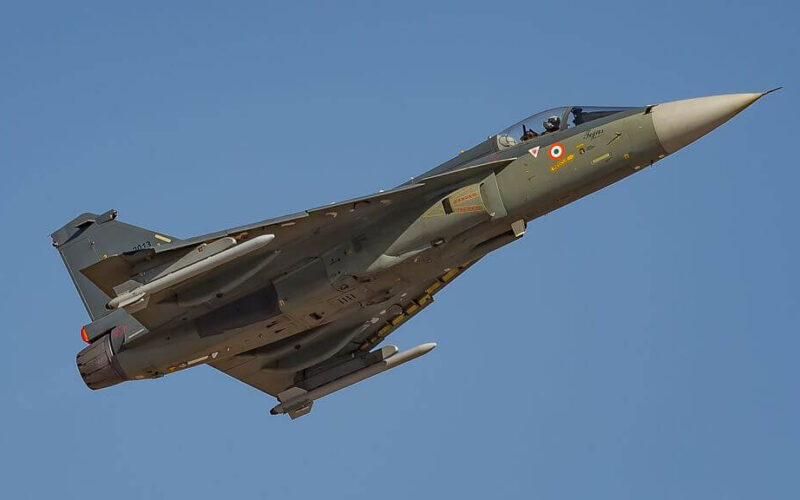One of the main problems Indian Air Force (IAF) faced over the years was the massive shortage of pilots, who migrated to the country’s ever-growing commercial sector in their hundreds. But recent developments, while devastating to the industry, may spell a salvation for IAF.
Pilot shortage was a serious issue in the sunshine-filled meadow that was pre-pandemic days. Reasons for this were plentiful and complicated, but the result was that many airlines struggled to fill vacancies with experienced pilots.
Nowhere was this shortage as acute as in rapidly developing Asian countries. Even those who called general pilot shortage a myth agreed that it is an actual, serious issue in India. And no other Indian sector felt this issue as heavily as Indian Air Force.
Reports of IAF losing pilots date back years, just as a growth of Indian commercial aviation. According to India Today, 798 pilots have resigned from IAF between 2010 and 2020, and 289 of them were given Non-objection Certificates (NOC) to fly with commercial airlines. The trend of converting from military to commercial aviation reached its peak in 2016-2017, as since 2015 the amount of NOCs issued to former military pilots was just a bit smaller than the amount of pilots leaving IAF: so, almost all pilots left the military to fly commercial airlines.
The reason for that was the fact that a commercial pilot’s salary could be up to four times bigger than that of a military one. On top of that, airlines could offer significantly lower workloads. The result – according to Indian government, in 2018 IAF had 3,855 pilots instead of sanctioned strength of 4,231.
The issue became even more acute in following years, as IAF experienced a major overhaul, expanding its fleet with Dassault Rafales, Su-30 MKIs and Mig29s, not counting plans to expand the fleet of domestically-produced aircraft. While the government poured billions into the new fighters, the question whether there would be any pilots to flee them, was largely overlooked.
In early 2020, the first attempts to improve the situation came. Although IAF did not disclose the details, Indian media reported that various steps to make it harder for military pilots to join commercial airlines would be implemented. Some proposals sounded completely superficial – such as increasing pilots’ awareness of their career prospects within the military – while others, such as initiating cool-off periods and changing pension plans, could be very detrimental for pilots.
At the time of those proposals, the fate of IAF seemed to be hanging in the balance. But the times have changed. As travel restrictions started being implemented in March 2020, more and more Indian airlines have adopted drastic cost-saving measures.
While Air India promised not to lay off any workers, it approved a furlough scheme that would allow it to send employees on unpaid leave of up to 5 years, not including pay cuts of at least 40%. At the same time, Vistara announced pay cuts of up to 20% until the end of the year, not before putting a third of its employees on compulsory three-month leave without pay. IndiGo followed suit with cutting the salary by 28% for all of its pilots.
The pandemic, arguably, was the last nail in Jet Airways’ coffin, as although the company’s troubles began way before the current crisis, its rescue in the current climate seems unlikely. The aviation consultancy centre for Asia Pacific Aviation (CAPA) declared back in March that most airlines not only in India, but worldwide would struggle to survive for more than several months without government support.
Financial prospects not only for airlines, but for an entire industry are grim to say the least. And even if airlines will not resort to laying off their pilots, their salaries will take significant time to be restored to pre-pandemic levels. Therefore, the main culprit of IAF’s loss of personnel is fading away.
So, just one question remains: will the Air Force be able to use this situation to fix its long-running problem?

